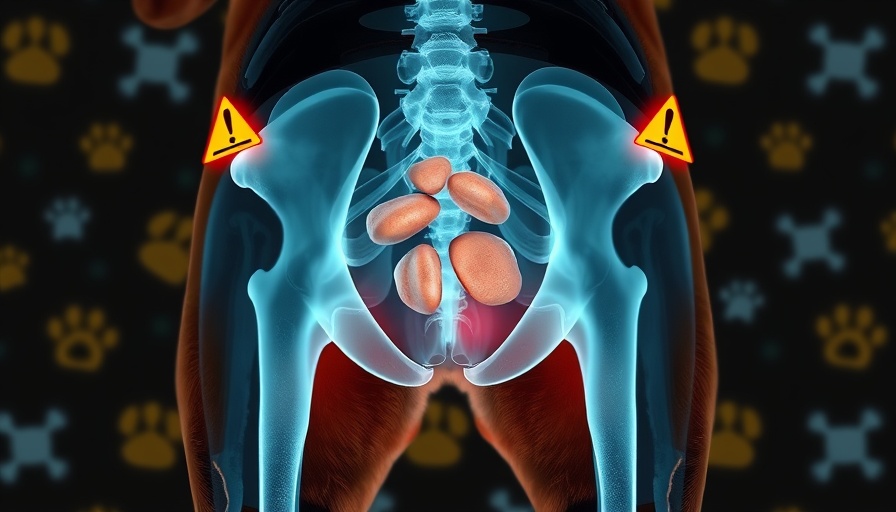
Understanding Bladder Stones: A Hidden Danger for Pets
As pet parents, we strive to provide our beloved dogs and cats with the best life possible. However, one silent threat that often goes unnoticed is the formation of bladder stones, also known as uroliths. These hard deposits can develop inside your pet’s bladder without showing any clear symptoms, making early detection crucial to avoiding serious health complications.
What Causes Bladder Stones in Pets?
Bladder stones form when minerals present in urine become overly concentrated and crystallize. This condition can be aggravated by several factors, including poor hydration, infections, genetic predispositions, and inappropriate diets. Common types of bladder stones include struvite stones, which are commonly linked to urinary infections, and calcium oxalate stones, which are often the result of dietary imbalances.
Symptoms to Watch For: How to Recognize Bladder Stones
Recognizing bladder stones can be tricky since many dogs or cats won’t exhibit obvious signs until the condition is severe. Some warning signs to look out for include:
- Increased frequency of urination: Your pet may strain to urinate or feel the need to go more often.
- Blood in urine: If you notice a change in urine color, this is a red flag.
- Urinary accidents: This can happen if your pet is unable to control its bladder due to discomfort.
It's essential for pet owners to monitor these signs closely as acute distress or blockage may develop due to advanced cases of bladder stones.
Diagnosis and Treatment: A Path Towards Recovery
If you suspect your pet may have bladder stones, a visit to the veterinarian is imperative. Diagnosis typically includes urine tests, radiographs, and ultrasound imaging. Once diagnosed, treatment options vary from dietary changes to possible surgical intervention, depending on the severity of the condition.
With veterinary input, you can create a tailored treatment plan that addresses your pet’s specific situation, which may include medications or a special diet to dissolve stones.
Prevention is Key: Keeping Your Pet Healthy
The best strategy against bladder stones is prevention. Here are some practical tips:
- Ensure proper hydration: Always provide fresh, clean water and encourage your pet to drink regularly.
- Feed quality food: Consult your veterinarian about the best diet tailored for your pet’s needs and risks.
- Regular vet checkups: Schedule yearly examinations to keep track of your pet’s health, particularly for breeds more prone to bladder stones.
By following these preventive measures, you can significantly reduce the risk of bladder stones forming in your furry companions.
Emotional Care: Understanding the Pet-Owner Bond
The bond between pets and their owners is profound. As we navigate potential health challenges like bladder stones, it’s essential to remain vigilant and proactive. Regular engagement, exercise, and visible affection can contribute not only to a pet’s overall health but to their emotional well-being.
A Community Approach to Pet Health
Raising awareness about bladder stones and pet health is part of a broader community effort. Share your experiences, seek advice, and participate in community wellness initiatives to help better understand and combat issues affecting our furry friends.
Ultimately, your pet’s health is reflective of the care and love you provide. Stay informed, stay engaged, and most importantly, cherish every moment with your beloved companion.
 Add Row
Add Row  Add
Add 




 Add Row
Add Row 


 Add
Add
Write A Comment